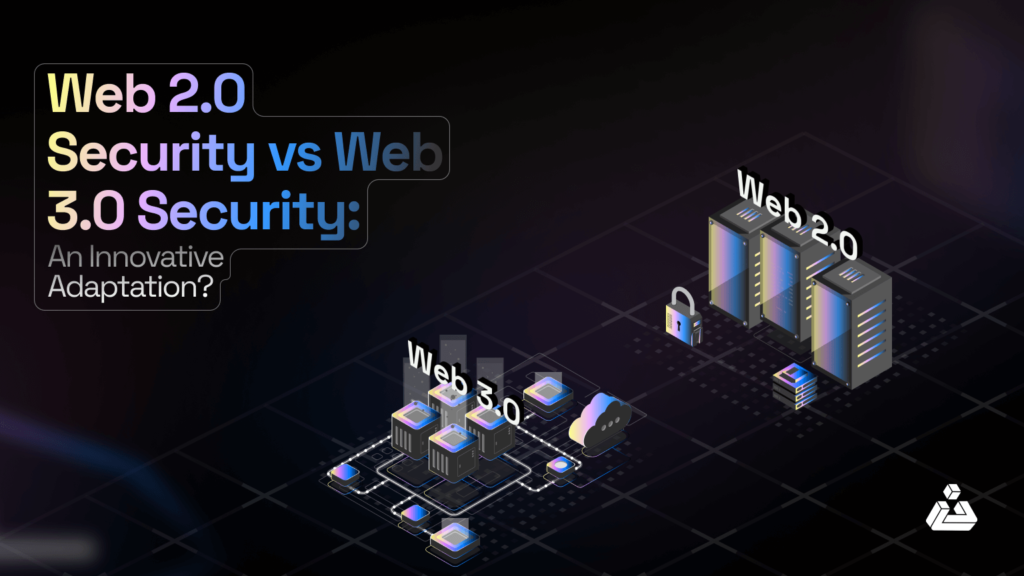Stablecoins: Riskless Investment or Financial Fraud?

On the surface, stablecoins sound like a dream come true for crypto investors. However, digging a little deeper raises several questions about their backing. At the end of the day, can the companies selling them even be trusted?
The Big Fuzz Theory: The Dark Fuzz Rises

Learn how Fuzz Driven Development (FDD) transforms software testing by assisting programmers and testers in overcoming prejudices for improved code quality, security, and performance.
The Big Fuzz Theory: Multiverse Of Fuzz Madness

This blog explores the fascinating world of fuzz testing methodologies and frameworks. We delve into stateless and stateful fuzzing. Bounded Model Checking (BMC) is introduced as a technique to verify systems against predefined specifications. Additionally, we discuss the essence of End-to-End (E2E) testing, combining structured scenarios with fuzz testing’s unpredictability. Lastly, we compare renowned fuzzing tools, Echidna and Foundry, highlighting their unique features and differences.
The Big Fuzz Theory: Fuzzing Primer

Fuzz testing, or fuzzing, is a technique used to improve the security of software, including smart contracts in Solidity. It involves supplying random or unexpected data as inputs to a system in an attempt to break it and uncover vulnerabilities that manual testing might miss. Fuzzers generate a set of inputs for testing scenarios that may have been missed during unit testing, helping to identify bugs and potential security issues.
Infiltrating the EVM-II: Inside the War Room’s Arsenal

War Room is an immersive, high-energy environment incorporating a dedicated team of experts that comes together to form the backbone of the War Room. Read more in this part
Web 2.0 Security vs Web 3.0 Security: An Innovative Adaptation?

Web 3.0 is a semantic web where it promises to establish information in a better-existing way than any current search engine can ever attain. Web 3.0 promotes four concepts which mainly are authenticity, i.e, every piece of information existing on the internet is a fact or derived from a fact. Integrity, willingness to abide by moral principles, and ethical values. Transparency, the data present on the internet is accessible for every user to witness. Lastly, Confidentiality which is achieved by Blockchain technology, where every user’s identity is anonymous, making it secure.
A Security Framework For Blockchain Applications

how do we keep the blockchain application safe? Let’s walk through some security frameworks for blockchain applications in this blog
Consumer Privacy & Data Breach Part II – Is Web 3.0 The Cure?

The last few years have resulted in consumer privacy and data breach issues. Those issues have made the users conscious and ambiguous about the data on the internet. Read more in this blog.
Consumer Privacy & Data Breach Part I – Is It a Global Issue?

Data breaches and consumer privacy are one of the most alarming security issues in IT space. About 45% of the world’s population uses social media which makes approximately 3.48 billion people to be interacting with any kind of social media network. These tremendous amounts of connections can lead to various kinds of vulnerabilities if the data is gone into the wrong hands creating pretty damaging consequences.
The State of Startups Security in Pakistan

The security team at BlockApex decided to test these applications for vulnerabilities that could compromise their data. We knew that the software industry in Pakistan always keeps security out of their toolkit to reduce the cost of development.




